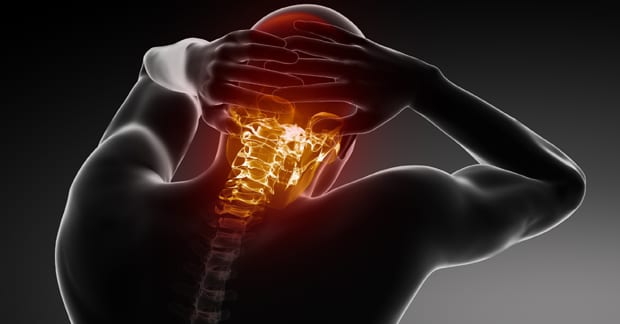A neck injury such as a pulled muscle or a "knot" in the muscle is something we've all experienced. These little aches and pains usually go away on their own or with a little massage from a loved one. But sometimes the neck injury is more substantial, such as in a whiplash or sports injury. In these cases, the ligaments can be injured, and the nerves can be inflamed and irritated as well.
The long-term course for neck pain is not good. Patients may continue to suffer years later. One study looked at outcomes after five years and found that about 50% of patients continued to have pain and disability.
When the ligaments and muscles of the cervical spine are injured, the patient may guard their movements and not use certain muscles. This can lead to muscle weakness over time. As the neck muscles go, so goes the rest of the spine, or at least that's what recent research shows. In one study, researchers followed neck pain patients for two years and found that those with neck pain tended to get trunk muscle dysfunction, and eventually low back pain.
Following traumatic injuries to the neck, it is important to have a proper examination, which includes x-rays. Getting an accurate diagnosis is the first step to getting you the treatment you need.
One study has shown that early intervention (within 4 days) in the case of a whiplash injury results in patients experiencing more relief than if treatment is delayed 14 days.
As discussed above, many patients become chronic and have long-term pain after neck injuries. Others will develop secondary low back pain two years down the road. Because of these long-term effects, it is important to treat neck injuries in a serious manner. Ice will usually not be sufficient. These mechanical types of problems are also not correctable through medications and neck collars.
Specific chiropractic care following sprains to the neck may move the joints into better alignment and ease tension on the tissues. Mobility disorders, such as limited range of motion, can also be improved with specific adjustments. As the joints begin to move more normally, exercises can be added to improve strength and function. By treating neck problems appropriately and early on, the patient will be afforded the best chance for long-term success.



